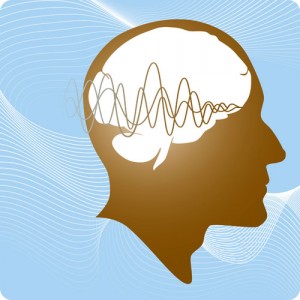New Brain Stimulation Method Uses Ultrasound
 Alexander Bystritsky of UCLA and colleagues at McLean Hospital and Harvard Medical School reported at the 51st Annual Meeting of the National Institute of Mental Health’s New Clinical Drug Evaluation Unit (NCDEU) in 2011 that low intensity focused ultrasound pulsation could eventually be used as a noninvasive intervention for diagnosing and treating brain disease.
Alexander Bystritsky of UCLA and colleagues at McLean Hospital and Harvard Medical School reported at the 51st Annual Meeting of the National Institute of Mental Health’s New Clinical Drug Evaluation Unit (NCDEU) in 2011 that low intensity focused ultrasound pulsation could eventually be used as a noninvasive intervention for diagnosing and treating brain disease.
In animal studies, the researchers used low intensity 100 Hz stimulation, which could produce a focused activation or inhibition of specific brain areas. Researchers were able to produce acute and long-term anticonvulsant effects in the animals, and when targeting the hypothalamus they could increase the animals’ heart rate and blood pressure.
Editors note: These preliminary preclinical data raise the possibility that in the future this new mode of non-invasive and relatively precise brain stimulation may be used to treat neuropsychiatric disorders. Existing non-invasive brain stimulation methods include repeated transcranial magnetic stimulation (rTMS) and low level magnetic fields. Vagal nerve stimulation (VNS), which requires an implant in the chest, is more invasive. The most invasive and the most precisely targeted method of brain stimulation is deep brain stimulation (DBS). In this type of treatment electrodes are inserted in the brain of the patient.
Comments
Leave a Reply

